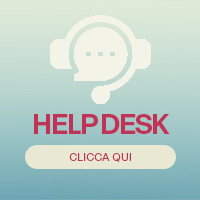Power Nap: The Restorative Catnap
Taking a 20-minute afternoon nap to recharge and boost productivity: companies are equipping themselves for "the nap" at work.
Investing in the well-being of employees is crucial to ensure a healthy and productive work environment. It is well-known that happy employees are not only more motivated but also more likely to work harder, perform better, and have lower absenteeism rates.
In this regard, the so-called "power nap," coined by James Maas, has become one of the most popular benefits recently introduced in the workplace. Several studies demonstrate that these power naps improve the health and productivity of employees.
Many major companies have already adopted policies that promote sleep during working hours. For instance, Nike offers rooms for employees to rest and meditate, while Google has introduced "nap pods" – reclining benches with a capsule that covers the upper body.
In an interview with the Financial Times, a PwC executive in Switzerland emphasized the society's commitment to promote workplace well-being, including meetings with experts to discuss healthy habits, the importance of taking regular breaks, and how a nap can be rejuvenating.
While the idea of sleeping at work is still taboo in Western culture, in Japan, for example, those who "sleep while present" are called "inemuri," demonstrating that sleep is no more seen as a sign of laziness but rather of dedication and commitment.
Despite the positive testimonials and recent research, a prevailing attitude called "sleep machismo" glorifies the lack of sleep as a sign of strength.
Nevertheless, more and more companies are realizing the importance of rest for the well-being and productivity of employees, and they are implementing policies that include dedicated spaces for sleep in the workplace.
To learn more, click here.











